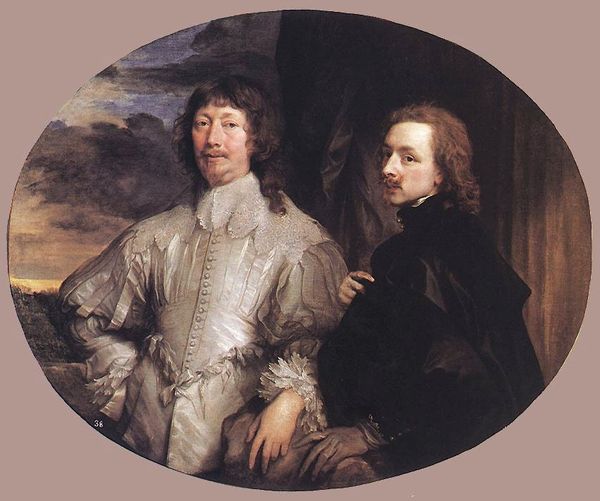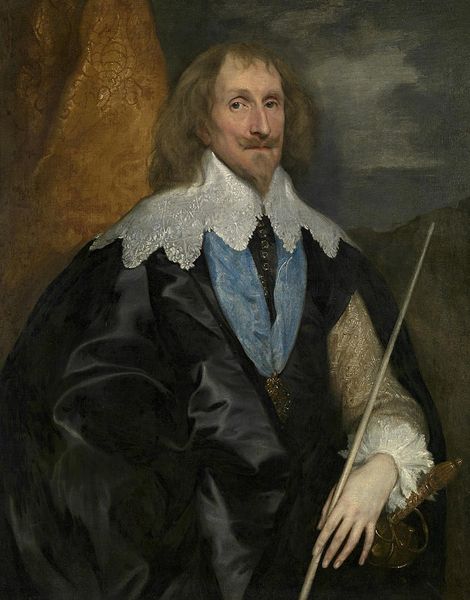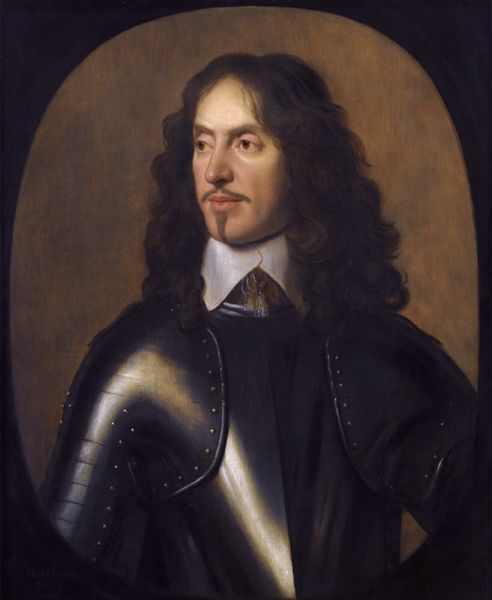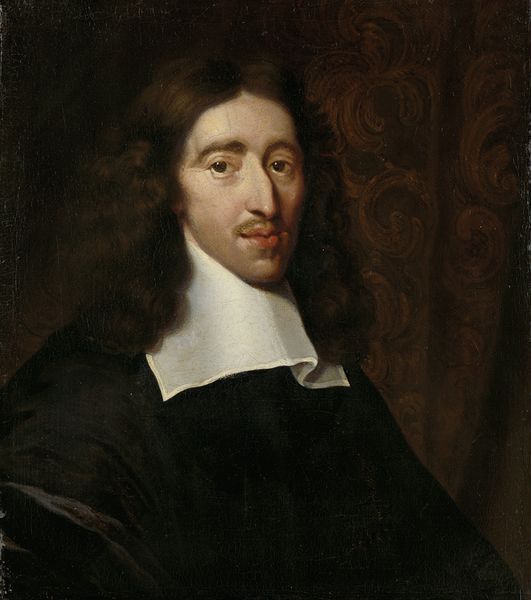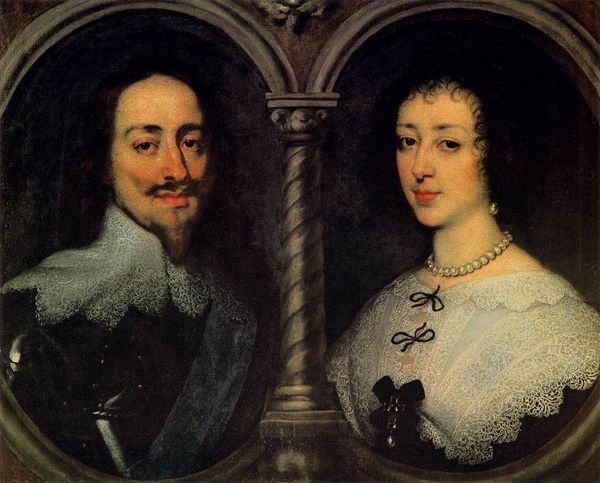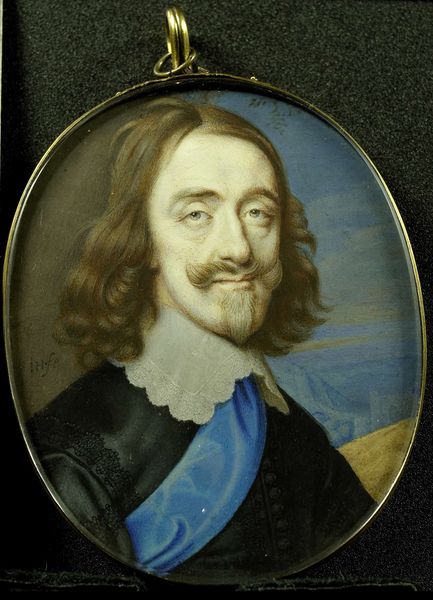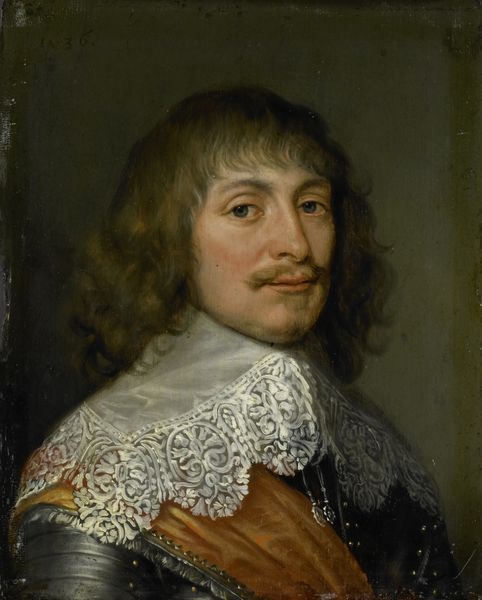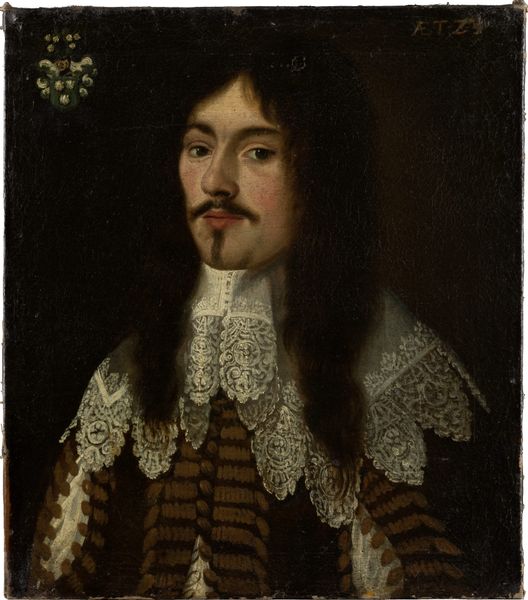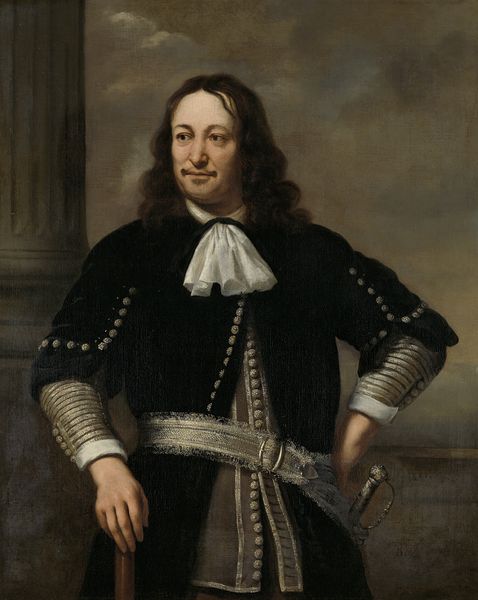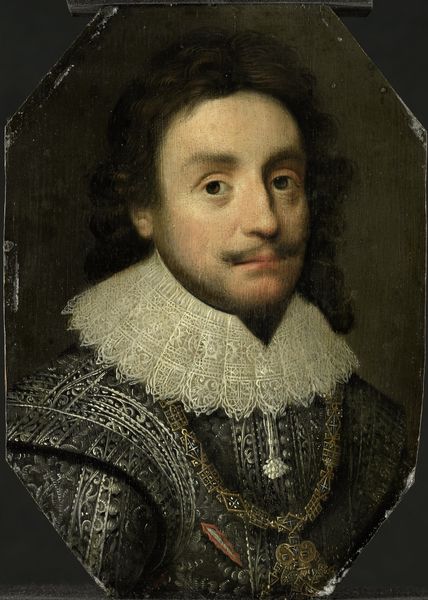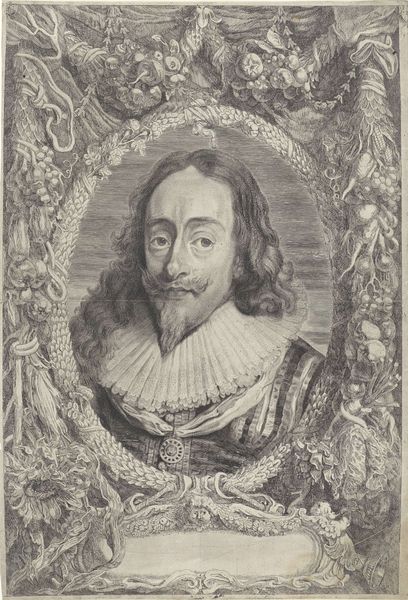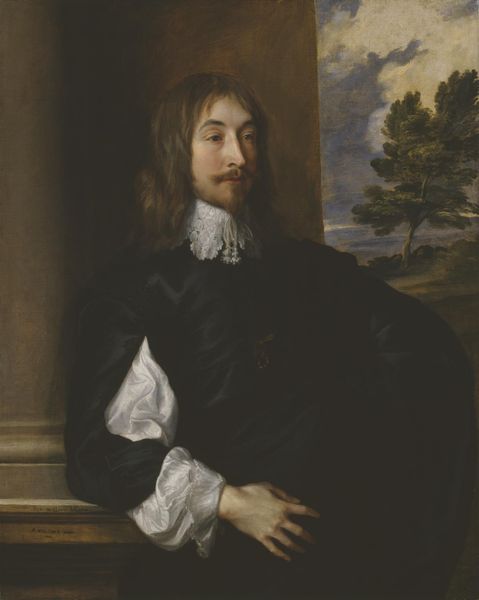
painting, oil-paint
#
portrait
#
baroque
#
painting
#
oil-paint
#
group-portraits
Copyright: Public Domain: Artvee
Curator: Here we have Anthony van Dyck's "Charles I", believed to have been painted sometime between 1600 and 1649, rendered in oil. Editor: Well, the first thing that strikes me is how the composition seems to echo the king's precarious position. The triple portrait suggests multiplicity, yet feels somehow fractured and anxious, despite its opulence. Curator: Precisely. Note the careful rendering of textures – the delicate lace collars, the rich fabrics – each element contributes to a visual lexicon of power and status. Semiotically, it is broadcasting his legitimacy. Editor: While that legitimacy was constantly under question, leading to the English Civil War and Charles’s execution. This portrait exists within a complex web of political turmoil; consider the intended audience and how the work could be considered an exercise in monarchical public relations. Curator: I find that Van Dyck's masterful use of light cannot be dismissed as simply political propaganda. Observe how he uses it to sculpt the faces, drawing our eye to different angles, capturing multiple facets of the monarch’s character. Note how each vantage point adds dimension to the character portrayed. Editor: Certainly, he crafts a flattering likeness, designed to project authority but this portrayal occurred when faith in the monarchy was deeply eroding. What appears striking, too, is the overall somber mood in defiance of the flamboyant Baroque aesthetic, with each depiction hinting at his vulnerability. Curator: True, the artist achieves a remarkable effect through the interplay of surface and depth. See how the formal Baroque devices act as tools for emotional depth: line, color and composition aren't only signifiers but are key for decoding how to ‘read’ its effect. Editor: And consider the politics embedded within even the formal qualities: what does it tell us about societal expectations for monarchs to exude confidence at such an era? The portrait, as artifact, invites speculation. Curator: Absolutely. By engaging with the artistic language and historical context, we arrive at richer readings. Editor: Ultimately, understanding Van Dyck's methods adds so many dimensions to the impact and meaning of this important state portrait.
Comments
No comments
Be the first to comment and join the conversation on the ultimate creative platform.
